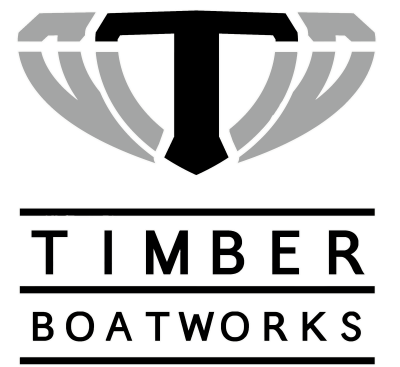Hand Made, Adventure ready.

Choosing the Correct Woven Cloth for your Project
January 25, 2024 4 min read
E-glass vs. Kevlar vs. Carbon Fibre
When working with woven cloth materials and epoxy it is valuable to understand the intended use of certain materials, how to saturate the different materials and how easy are the materials to fix or refinish once saturate with epoxy. The most common woven material for canoe and kayak constructions is fiberglass, which sometimes refers to epoxy and woven cloth and sometime refers to Polyester Resin and Chopped strand mat. When the builder or manufacturer is looking for rip and heat resistant will use epoxy and Kevlar fabrics. For ultra-light constructions we can use carbon fibre cloth as a purpose-based material to save weight, but can be less impact resistant. The quality of the epoxy is also a factor when using woven cloths, but for the sake of argument it is a patented laminating epoxy mixed in the correct ratio for ideal curing. With this base of information, we will compare the benefits and weaknesses of the different woven fabrics.
The most common fabric is woven fiberglass cloth (e-glass) which is used for structural composite constructions which offers great to strength ratio and is an inexpensive material to construct with. Fiberglass cloth is easy to saturate because they will appear transparent and de-air (not hold air bubbles) quickly. We recommend people that are not limited by weight in their construction should use e-glass because it is can used in very thin layers that are extremely rigid. E-glass is also inexpensive, so working on large areas like the exterior of a trailer or hull of a canoe is not an issue. The cloth is easy to sand and refinish because the cloth texture will become visible when the cloth is smooth. When the fiberglass it varnished or clear coated the texture returns to being transparent, which is ideal for strength over wood or natural materials.
Kevlar is a high strength, heat and flame resistant, rip resistant material that is great for structural composite constructions with a material that can handle impacts and vibration. Kevlar has a larger texture when compared to 6 oz fiberglass cloth, which means each layer will be slightly thicker and heavier unless applied with infusion or vacuum techniques. Kevlar is a great core material, so it can be applied under layers of fiberglass or carbon fibre for impact resistance. Kevlar has a challenge of being difficult to sand when the fibers are disturbed they become fuzzy and will always have texture. This material is best used in combination with fiberglass cloth, so that any refinishing can be done to the fiberglass layer and not risk sanding the Kevlar layer. This does also mean that the fiberglass has to be applied while the epoxy from the Kevlar is still tacky since it is challenging to sand Kevlar. Kelvar is more expensive than fiberglass cloth, but has a specific purpose in composite construction that cannot be matched by fiberglass alone.
Carbon fibre when applied with infusion or vacuum bag techniques can be lighter than fiberglass alone, however refinishing carbon fibre can be challenging because you do not want to disturb the carbon fiber pattern. Carbon fibre in multiple layers is stronger than 6 ounce fiberglass, but the carbon fibre can be less impact resistant than Kevlar or fiberglass. This may seem shocking to the carbon fibre fanatic but carbon fibre can have a lower sheer (failure point when flexed) than fiberglass or Kevlar, without combining carbon fibre with the other materials. In the case of hockey sticks, multiple layers of carbon fibre and other composite woven materials are combined to get strength, even so the sticks routinely sheer and explode during play, this is because the sticks are purpose based to flex and return to straight very quickly, but when the sticks are pushed beyond their limit they do fail. Carbon fiber woven fabrics have a great look and shine, but if the material has to be clear finished and UV coated you have to be careful not to sand through the weave. Carbon fibre is ideal for veneering over composite or foam materials, however this would add weight in certain applications but increase its durability. Carbon fibre is a more expensive woven material but for ultra-light constructions it is a superior material.
When choosing a cloth material for your construction it is important to know the strengths and weaknesses of each material so that the materials function to their full potential in your build. The answer to each project is different but in most composite constructions woven fiberglass is sufficient for strength and weight. Carbon fibre within a multi-layer construction with other materials will make light and strong parts. Kevlar is an ideal core material for impact and rip resistance, so it is perfect for car fenders and air planes. These materials are crucial to strengthening natural and composite materials, so choose the correct one for your particular project.
Subscribe
Sign up to get the latest on sales, new releases and more …
